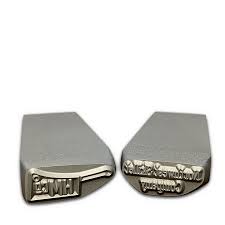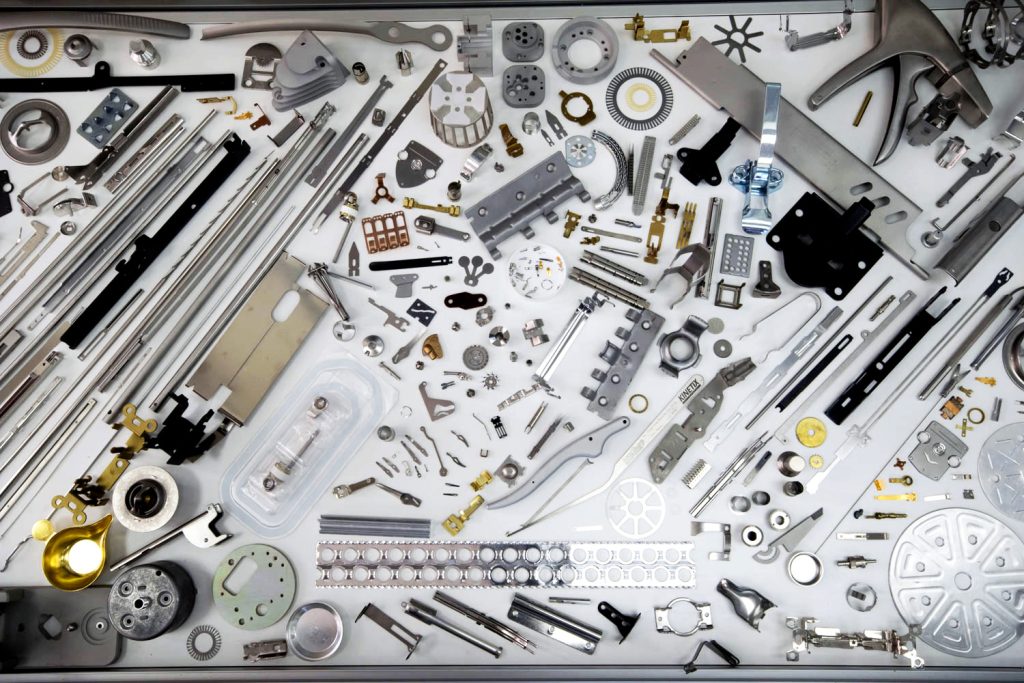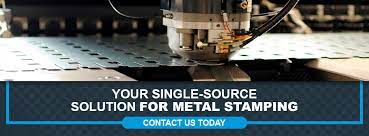Demystifying Welding Equipment: An In-Depth Guide to Applications and Techniques
Welding holds a pivotal role in fabrication and construction. Whether you’re an amateur enthusiast or a seasoned professional, understanding welding equipment, its applications, and the evolving technologies is crucial. Let’s navigate through this indispensable craft via a series of illuminating Q&As.



What Constitutes the Core Types of Welding Equipment?
Welding encompasses various methods, each requiring specific tools:
- Gas Metal Arc Welding (GMAW/MIG): This technique uses a consumable wire electrode fed through a welding gun, shielded by an inert gas.
- Shielded Metal Arc Welding (SMAW/Stick): Stick welding employs a consumable electrode coated in flux, generating an electric current between the electrode and the joined metals.
- Gas Tungsten Arc Welding (GTAW/TIG): TIG welding utilizes a non-consumable tungsten electrode, creating a weld pool protected by an inert gas.
- Flux-Cored Arc Welding (FCAW): Similar to MIG welding but utilizing a tubular wire filled with flux, FCAW is ideal for outdoor applications.
Which Industries Benefit Significantly from Welding Equipment?
The versatility of welding renders it integral across various industries:
- Construction: Welding plays a crucial role in structural steelwork, ensuring stability and durability.
- Automotive: It ensures the integrity of chassis and bodies in car manufacturing.
- Aerospace: Precision welding is indispensable for aircraft manufacturing, ensuring structural integrity and safety.
- Geosynthetics Application: Welding equipment contributes significantly to bonding geosynthetic materials in civil engineering, for applications like landfills, dams, and erosion control.
How Have Technological Advancements Shaped Welding Equipment?
Technological advancements continuously refine welding processes:
- Automation: Robotics streamline welding in industries, enhancing precision and efficiency.
- Advanced Materials: Welding techniques have evolved to accommodate diverse materials, from alloys to composites.
- Digitalization: IoT integration and data analytics optimize welding parameters, enhancing accuracy and consistency.

What Role Does Proper Equipment Maintenance Play in Welding Performance?
Maintenance is pivotal for equipment longevity and performance:
- Regular Inspections: Check for wear, tear, and potential malfunctions to prevent breakdowns during operation.
- Cleaning and Lubrication: Ensure cleanliness and proper lubrication of components to avoid corrosion and ensure smooth operation.
- Calibration and Adjustment: Regular calibration and adjustment maintain accuracy in welding parameters, ensuring consistent weld quality.
Understanding welding equipment, its applications, and the evolving landscape is key to mastering this indispensable craft. The integration of welding with geosynthetics marks the innovative fusion of traditional techniques with modern materials, ushering in a new era of construction and infrastructure development.




